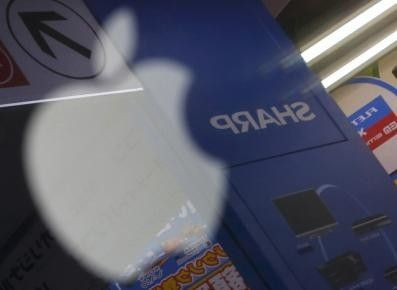12-inch Retina MacBook Air and 2015 MacBook Pro Release Roundup: New Patents and Killer Features

Apple's MacBook Air is coming with more details surfacing including Intel's fifth generation processors. The chip can provide up to 90 minutes additional battery life offering more usage than Apple's current Haswell chip. Considering Apple’s previous moves regarding its MacBook line, the processor treatment should also extend to the 2015 MacBook Pro refresh.
Looking at Apple's relationship with Intel suggests that the company may include the new Broadwell-Y Core M processors. Using such under the hood can give Apple the chance to boost the Macbook's power-efficient 4.5W performance. A fanless design is also highly possible. Despite the series of delays from Intel, the company has provided an explanation on why including what people should expect. Intel senior fellow Mark Bohr notes: “I think we may have underestimated the learning rate—when you have a technology that adds many more masks, as 14[nm] did...it takes longer to execute experiments in the fab and get information turned, as we describe it."
He also explains: "That slowed us down more than we expected and thus it took longer to fix the yields. But we’re into high yields now, and in production on more than one product, with many more to come later this year.”
In another patent sighting, Apple appears to be working on a new MacBook Hinge. The patent application goes by the number 20150049275 entitled: "Hinged Portable Electronic Device with Display Circuitry Located in Base." Apple's abstract describes a housing and lid that can rotate in relation to the base. This is to eliminate standard practice s like coaxial cables and bulky hinge structures stressing the laptop's cables. As with other patent releases, the technology may or may not find their way to the 2015 MacBook Air and MacBook Pro depending on the release.
To report problems or leave feedback on this article, email: p.silva@ibtimes.com.au.





















